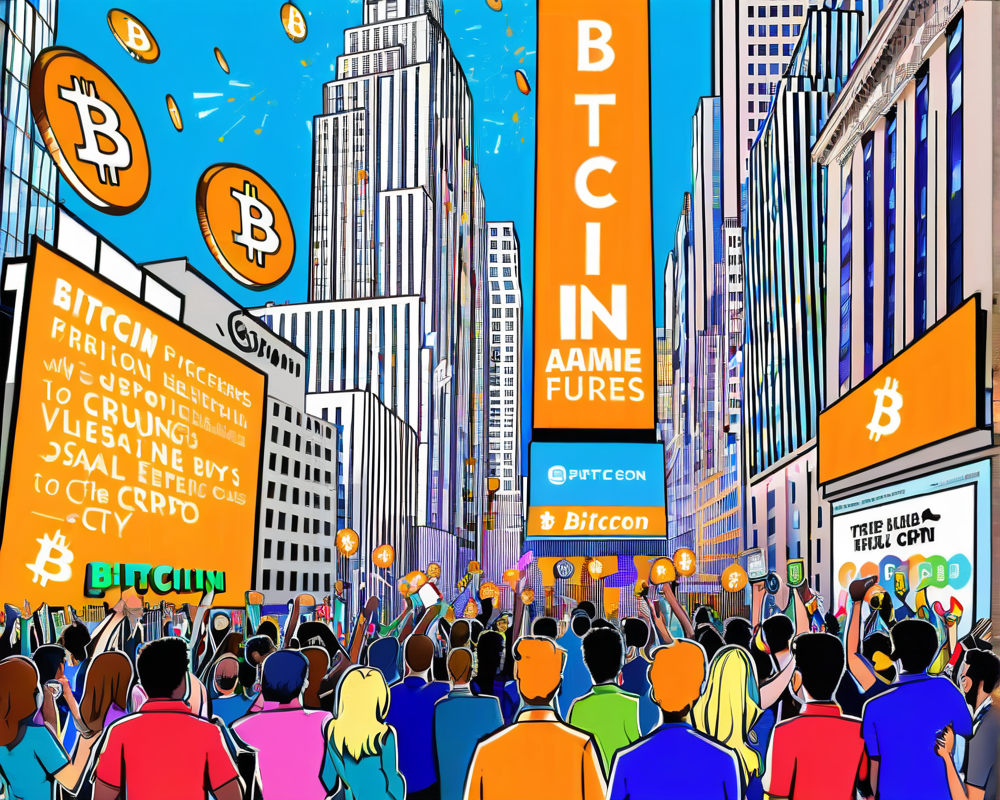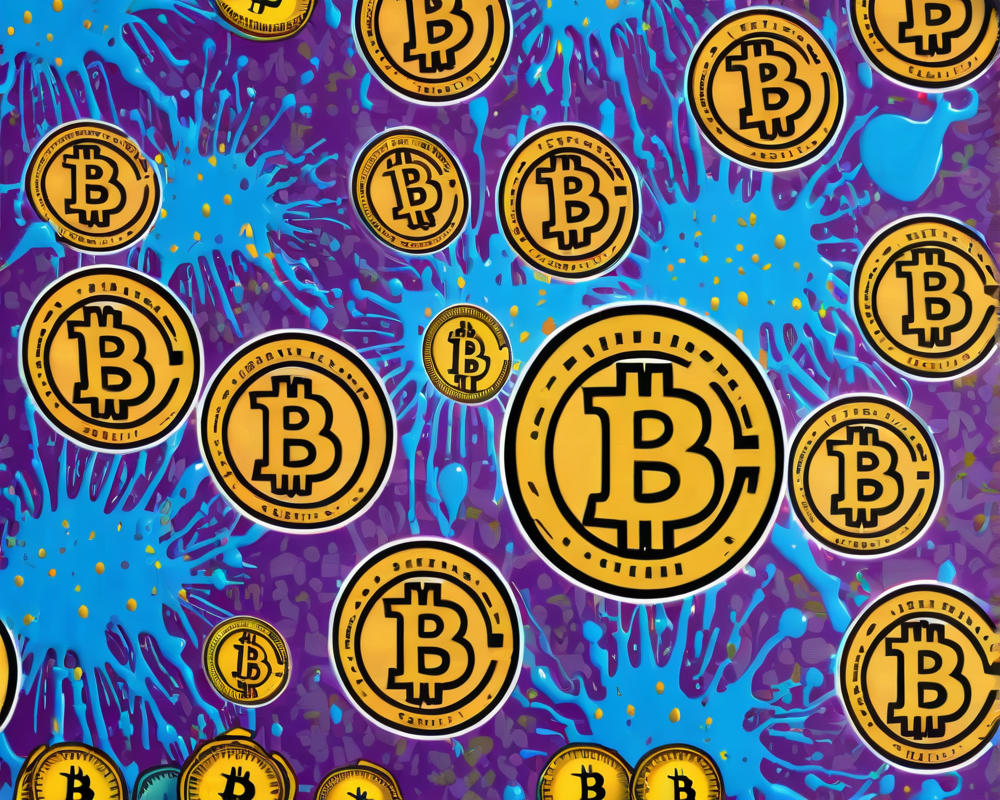Understanding DeFi and Its Rise
Decentralized Finance (DeFi) has taken the financial world by storm, promising a new era of innovation and inclusivity. However, the Financial Stability Board (FSB) recently squeezed the brakes on this burgeoning trend, pointing out that for all its ‘novel’ features, it looks a lot like traditional finance (TradFi) in disguise. Similar functions? Sure. But with some shiny new toys that might just open Pandora’s box of vulnerabilities.
What the FSB Report Unveils
On February 16, the FSB released a report detailing the risks associated with DeFi. Spoiler alert: it wasn’t all sunshine and rainbows. The report highlighted major vulnerabilities that could rattle the financial system if left unchecked. One of the brighter points made was that DeFi’s attempt to imitate TradFi actually bumps up the stakes in a big way, thanks to the complex tech involved, interlinked ecosystems, and of course, the glaring lack of regulations that usually keep things in check.
The Illusion of Decentralization
Picture this: a shiny new car that claims to be eco-friendly but has a gasoline engine lurking under the hood. The FSB pointed out that DeFi projects often claim to be decentralized, but in reality, they’re not fooling anyone. These systems may fall way short of their promised decentralization. It’s a classic case of ‘don’t judge a book by its cover’ when it comes to evaluating the true nature of these platforms.
Crisis Averted? Not So Fast!
The FSB isn’t just sitting back and watching the DeFi drama unfold. They’re collaborating with global regulators to explore potential regulations aimed at mitigating financial stability risks. This might involve assessing the role of stablecoins and various crypto asset platforms to see if more stringent investor protection requirements are necessary. Spoiler alert: they probably are.
The Role of Stablecoins in DeFi
Stablecoins have emerged as the trusty sidekick to DeFi, helping users purchase, trade, and lend various crypto assets. The FSB highlighted that assets like Tether (USDT) and algorithmic stablecoins like Dai (DAI) are pivotal within the DeFi ecosystem. But with great power comes great responsibility… and potential risks! The FSB recommends keeping a keen eye on stablecoins due to the liquidity and maturity mismatches that can create turbulence in the crypto waters.
Conclusion: Navigating the Future of DeFi
As regulators’ scrutiny on major stablecoins sharpens—case in point being Paxos Trust halting the issuance of Binance USD (BUSD) amid allegations of being an unregistered security—the future of DeFi remains uncertain. The FSB is making an effort to evaluate potential regulations, but as with all turbulent waters, there might be more waves ahead. So, buckle up, folks! The ride isn’t over yet.



